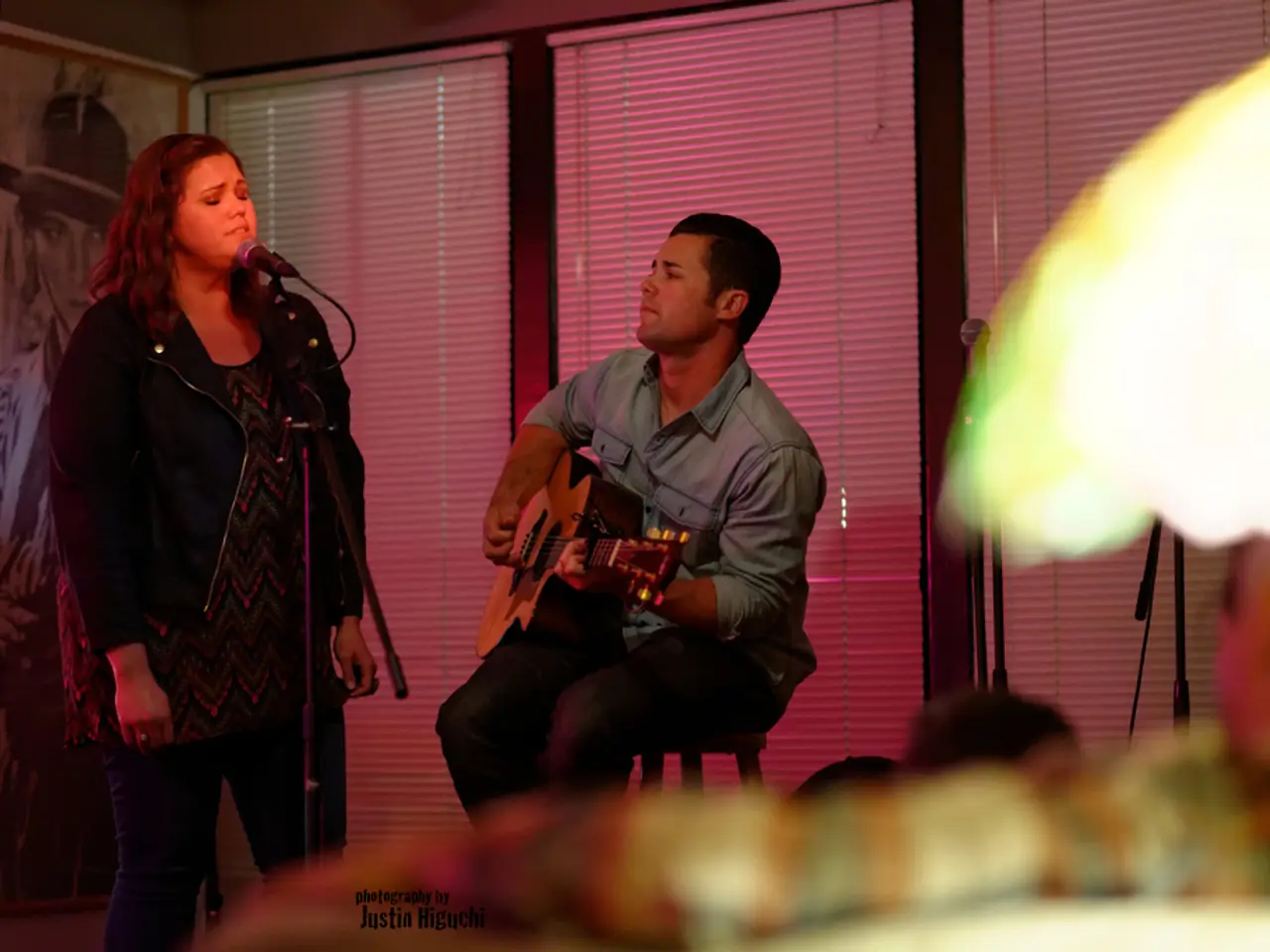Film contrasts: A potent means for narrative expression
In the world of cinema, juxtaposition has emerged as a powerful storytelling tool, allowing filmmakers to express complex ideas, emotions, and themes through contrast. This technique, rooted in visual art and literature history, has significantly broadened the scope of storytelling, deepening thematic complexity and accentuating character contrasts.
One of the most striking examples of juxtaposition can be found in the avant-garde film genre. An illustrative instance is the thin cloud passing before the moon contrasted with a razor slicing a woman’s eye, as seen in certain avant-garde films. This sequence uses metaphor and synecdoche; the cloud substitutes for the razor, and the terrifying violence of the eye surgery is shown more directly by a cow’s eye close-up. This layering of contrasting images creates a visceral effect, blending calmness with horror and invoking a deeper emotional resonance through symbolic substitution.
Juxtaposition has also been used effectively in montage and editing for emotional impact. The famous Odessa Steps sequence in Sergei Eisenstein's *Battleship Potemkin* employs rapid cuts and juxtapositions of conflicting images (such as peaceful crowds versus violent soldiers). This editing technique conveys chaos and brutality, heightening the emotional impact and narrative tension of the scene.
Character juxtaposition can also be thematic, such as the relationship between Clarice Starling and Hannibal Lecter in *The Silence of the Lambs*. These two characters function as foils, revealing contrasting traits and psychological states that illuminate themes like innocence and corruption. The juxtaposition of their dialogues and character traits deepens the story and engages audiences emotionally.
Films often use opposing dialogue or dynamic physical contrasts between characters or within scenes to reveal inner conflicts or thematic contrasts. This layering of opposites helps to create tension and underline conflicting ideologies or motives within the story.
A notable example of this is Stanley Kubrick's *A Clockwork Orange*, where violent acts are juxtaposed with classical music, creating a disturbing contrast. In contrast, Darren Aronofsky's *Requiem for a Dream* uses juxtaposition to depict the parallel downfalls of its four main characters.
Moreover, juxtaposition has made its mark on other visual media like advertising, music videos, and digital art. Advertisers often use contrasting images in commercials to create a message that sticks or hits emotionally.
The use of juxtaposition in film is a versatile tool that filmmakers use to evoke emotions, enhance narrative depth, and stimulate reflection in the audience. It communicates complex ideas efficiently, while in character and thematic juxtapositions, it builds nuanced narrative relationships and emotional depth.
In conclusion, juxtaposition enriches storytelling by creating contrasts that reveal deeper meanings, intensify emotions, and engage viewers in active interpretation. Whether it's through visual montage, thematic juxtaposition, or character contrasts, this technique has proven to be a crucial element in the art of filmmaking, shaping some of the most memorable and impactful films in cinema history.
- In the realm of advertising, juxtaposing contrasting images is a common tactic used by advertisers to create lasting impressions or evoke emotions.
- The fashion-and-beauty industry often utilizes juxtaposition in the depiction of models, blending elegance with street-style to captivate audience's attention.
- In the digital art world, juxtaposition of pixelated images with high-definition elements adds an element of intrigue, fostering curiosity among viewers.
- Cookbooks and food blogs often juxtapose images of gourmet cuisine with home-cooked meals, illustrating the balance between luxury and simplicity.
- Educational websites and apps employ juxtaposition by presenting learning materials alongside interactive quizzes and simulations to engage learners in personal-growth and self-development.
- Bookstores use juxtaposition by displaying popular titles in contrasting genres such as fiction and non-fiction, enticing readers to explore beyond their preferred category.
- Social media platforms leverage juxtaposition in the form of memes, which playfully contrast images or ideas to convey humor or satire, fostering a sense of community and connection among users.




